Solar Radiations and Energy Flow in Living System:
All organisms take in energy and transform it into another kind of energy. Cellular activities such as growth, motion, and active transport of ions across the cell membrane require energy. All the energy for living organisms comes from the sun. Solar radiation in the form of photons is captured by electrons by the chlorophyll or photosynthetic pigments. Bacteria and green plants take in solar energy to convert it into chemical energy stored in food. Animals take food from these sources. This food is broken down to obtain energy for carrying out different physiological functions. Oxidation and reduction reactions (redox reactions) play a major role in the capture and in the flow of energy.
According to the first law of thermodynamics, the law of conservation of energy, the energy can neither be created nor destroyed. All forms of energy are partially interconvertible. In living organisms, one kind of energy is transformed into another form of energy. Whenever energy is used to do work, it is either transferred or transformed from one kind to another. During this process, some energy is lost.
(1) Example of Energy Transfer- Food molecules such as glucose and lipids break down and release energy. The energy thus released is transferred to ADP and is stored in ATP.
ATP molecules transfer energy to other biomolecules.

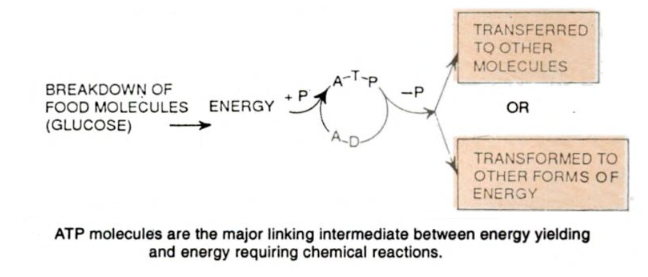
(2) Example of Energy Transformation- The most important example of energy transformation is the transformation of light energy to chemical energy during photosynthesis.
The energy needs of all organisms are fulfilled directly or indirectly by solar energy. Organisms are dependent on each other for the exchange of energy and matter through solar energy. Cells use chemical energy to carry out the chemical work of cell repair and growth, the osmotic work for the transformation of nutrients, and the mechanical work of contraction and motion.

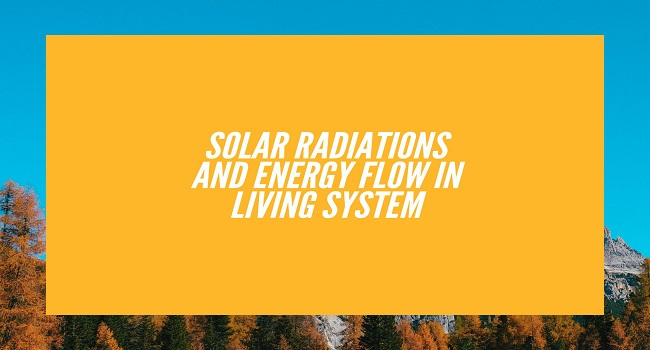


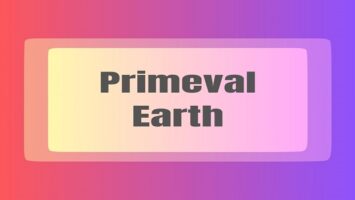
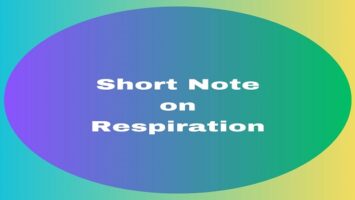
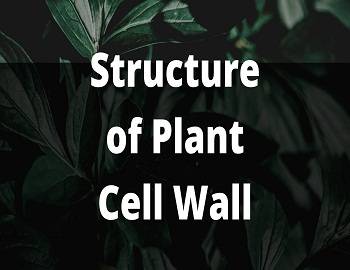
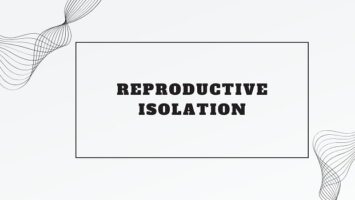
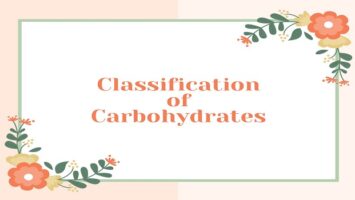
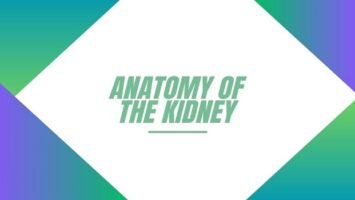
Comments (No)